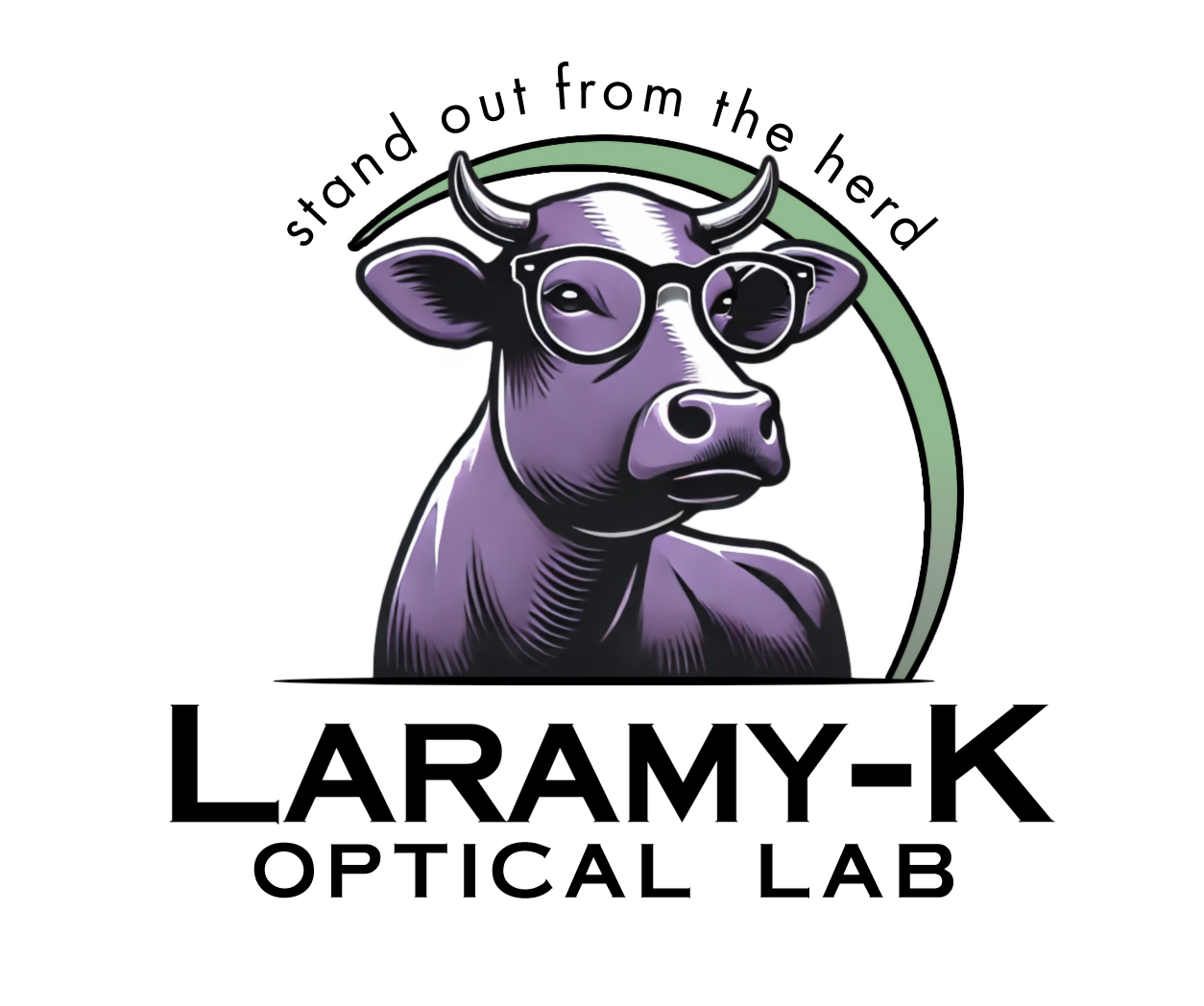Spexcentric Weekly
Position Your Optical to Achieve Greater Success with Independent Eyewear
Get weekly musings, unconventional strategies, and tasty bits of marketing tactics to help grow your independent eye care business, direct to you inbox, from our partners at Spexcentic.com.

